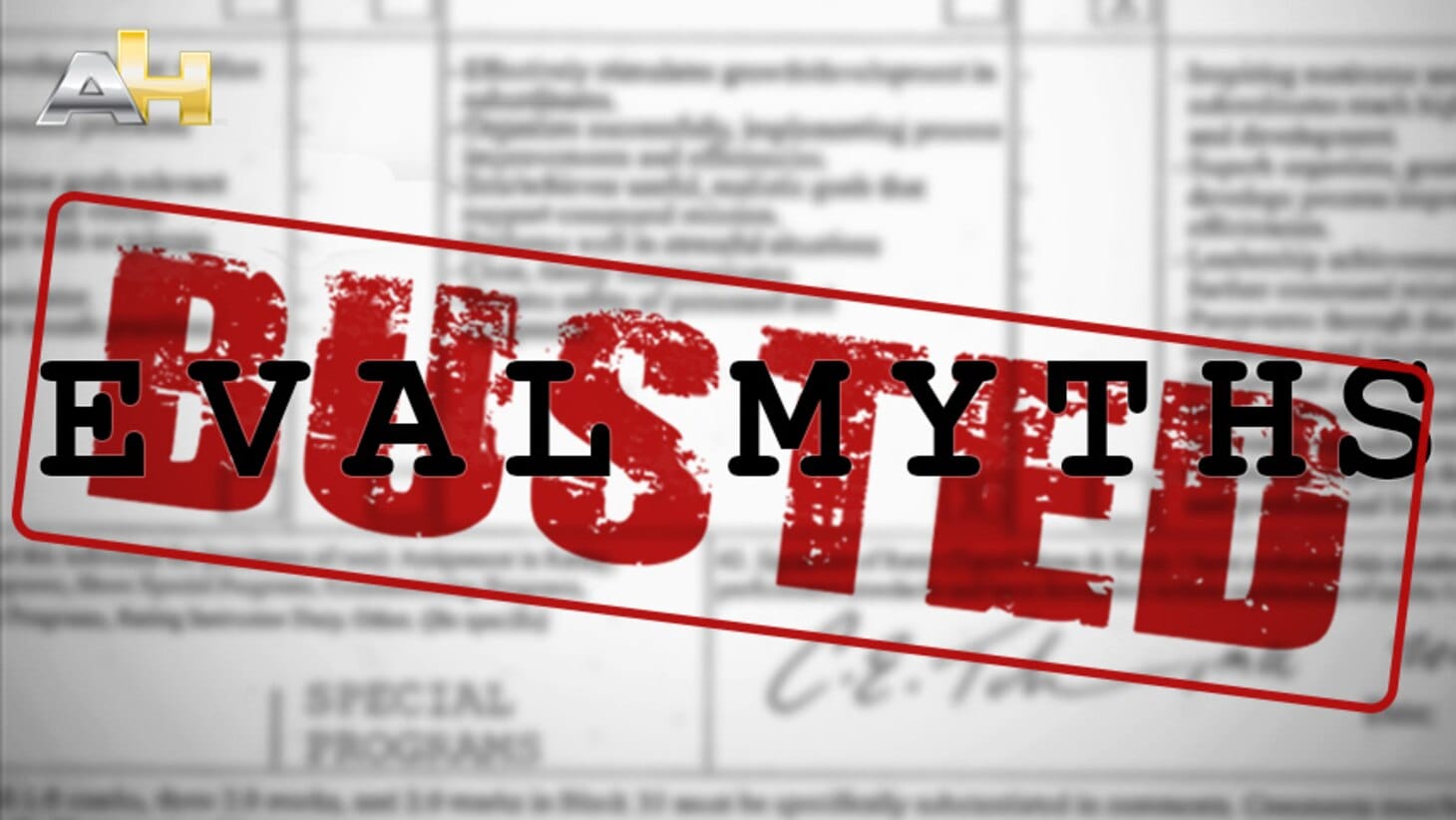This comprehensive guide decodes the Navy’s performance report system, providing everything you need to know about the 2024 Navy Eval Manual, including FITREPs, EVALs, and eNAVFIT. Whether you’re a seasoned sailor or just beginning your naval career, this guide will equip you with the tools to excel in your evaluations and chart a course for success.
Mastering Your Navy Evaluations
Understanding the Navy’s evaluation system is crucial for career advancement. This guide breaks down the Navy Eval Manual (BUPERSINST 1610.10E) and its digital counterpart, eNAVFIT, in a clear and accessible manner. This manual serves as the definitive guide for how the Navy assesses performance, influences career paths, and selects individuals for promotions and leadership roles.
Navigating eNAVFIT
eNAVFIT, the Navy’s online performance evaluation hub, streamlines the entire evaluation process. Replacing the older NAVFIT98A, eNAVFIT offers several key advantages:
- Automated Workflow Routing: This system automatically routes evaluations to the appropriate individuals in the correct sequence.
- Digital Signatures: Eliminating the need for physical signatures, eNAVFIT allows for efficient electronic sign-offs.
- Performance Metrics Tracking: eNAVFIT provides tools to monitor progress and identify areas of strength and areas needing improvement.
- Training and Support: Comprehensive resources and support are available within eNAVFIT to assist users.
Crafting Impactful Evaluations
Evaluations serve as a two-way street, fostering growth and development. Key concepts include:
- EVALs vs. FITREPs: EVALs are for enlisted personnel, while FITREPs are for officers. Both adhere to the guidelines outlined in the Navy Eval Manual.
- Writing Evaluations that Stand Out:
- Action Verbs: Utilize strong action verbs to clearly illustrate accomplishments (e.g., “managed,” “developed,” “implemented”).
- Show, Don’t Tell: Support ratings with specific, measurable examples. Instead of stating “excellent communication skills,” describe a specific instance demonstrating effective communication.
- Strengths and Areas for Growth: Highlight strengths and identify areas for development, focusing on behaviors and actions rather than personality traits.
- Regular Feedback: Midterm counseling provides valuable opportunities for check-ins, guidance, and ensuring alignment. It’s not only about identifying weaknesses but also about nurturing potential. Want to stage the best Jr theater performance? We’ve got you covered with our top-rated newsies jr script that will make your production a hit!
Troubleshooting Evaluation Challenges
Even with meticulous preparation, evaluations may encounter obstacles. Common issues include:
- Rejection Reasons: Rejections often stem from missing information, insufficient supporting evidence, or subjective ratings.
- Outdated Information: Ensure you are using the most current version of the Navy Eval Manual (BUPERSINST 1610.10E) to avoid relying on obsolete guidance.
Understanding the Significance of Evaluations
Evaluations play a vital role in Navy operations, influencing:
- Career Progression: Evaluations impact promotions, assignments, and career opportunities.
- Force Readiness: By identifying strengths and weaknesses, evaluations contribute to maintaining a skilled and effective force.
- Individual Development: Evaluations offer valuable feedback for professional and personal growth. Beside that, looking for the most outstanding candidate for the role of Mr. Sopa? Look no further than mr sopa nrp and witness exceptional acting!
Leadership’s Role in Evaluations
Evaluations are a crucial leadership tool. They provide a structured approach to feedback, mentorship, and professional development. Open communication, constructive criticism, and genuine interest in a sailor’s growth enhance the evaluation process. Evaluations represent an investment in personnel, not merely a formality.
The Evolving Landscape of Evaluations
The Navy continually seeks improvement. Emerging technologies and research may shape future performance evaluations. While the future remains uncertain, the Navy’s commitment to a relevant and effective evaluation system is steadfast.
Decoding BUPERSINST 1610: A Deep Dive into the Navy Eval Manual
This section provides an in-depth analysis of BUPERSINST 1610.10E, the Navy Eval Manual. This document serves as the roadmap for navigating Navy performance reviews. Understanding this manual is essential for career advancement, influencing assignments, promotions, and overall career trajectory. The Navy uses evaluations not only for individual assessment but also to gauge force readiness and inform personnel management decisions.
Key Insights for Navy Evaluations
- BUPERSINST 1610.10E: This manual governs how the Navy assesses and guides personnel careers.
- eNAVFIT: The online platform serves as the central hub for evaluations.
- FITREPs & EVALs: FITREPs are for officers, while EVALs are for enlisted personnel.
- Impactful Evaluations: These utilize strong action verbs, concrete examples, and a balanced perspective on strengths and weaknesses.
- Midterm Counseling: Regular feedback facilitates ongoing development and improvement.
- Rejection Prevention: Understanding common pitfalls, such as missing information or subjective ratings, can prevent rejections.
- Career Impact: Evaluations significantly influence assignments, promotions, and career trajectory.
- Continuous Improvement: The Navy actively explores new technologies and research to refine its evaluation system.
Mastering the Evaluation Process: A Step-by-Step Guide
- Fundamentals: Familiarize yourself with the Eval Manual, types of evaluations, timelines, and rating scales.
- eNAVFIT Proficiency: Master the eNAVFIT platform for submissions, tracking, and accessing resources.
- Effective FITREP/EVAL Writing: Use strong action verbs, concrete examples, and honest assessments.
- Error Prevention: Avoid common mistakes like missing information or subjective ratings.
- Evaluation Optimization: Engage in midterm counseling, seek feedback, and utilize evaluations for professional growth.
Navigating Nuances and Future Possibilities
The field of performance evaluation is constantly evolving. Ongoing research explores new methods and technologies, suggesting that future Navy evaluations may differ significantly from current practices. Human judgment in evaluations introduces the possibility of bias. Recognizing and mitigating these biases is crucial for a fair and effective system. The Navy Eval Manual is a critical document. By understanding its contents and applying these principles, sailors can effectively navigate evaluations, showcase their abilities, and achieve career success.
Understanding BUPERSINST 1610: A Detailed Explanation
This section further clarifies the role and importance of BUPERSINST 1610, the core document governing Navy evaluations. This instruction is actively used to guide evaluations, which directly impact career progression, influencing promotions, special assignments, and overall recognition. It serves as the blueprint for how the Navy assesses its personnel, ensuring standardized evaluations that reflect true capabilities and adherence to Navy standards.
eNavFit, the Navy’s online evaluation platform, streamlines the entire process through automated routing, digital signatures, and readily available performance metrics and training resources. This transition likely reduces processing time and minimizes paperwork loss, potentially increasing transparency in the evaluation process. Different evaluation types exist: Fitness Reports (FITREPs) for officers and Evaluation Reports (EVALs) for enlisted personnel. BUPERSINST 1610.10E provides specific guidelines for both, tailored to the respective roles and responsibilities.
BUPERSINST 1610.10E outlines critical details, including submission timelines, rating scales, and required documentation. It covers topics ranging from performance criteria and trait grading to promotion recommendations and administrative procedures. Adhering to these guidelines is essential for accurate evaluations that meet Navy standards.
Effective evaluations often involve strong action verbs, concrete examples, and a focus on both strengths and weaknesses. Regular communication, including midterm counseling, is crucial for professional development and performance improvement. Common pitfalls such as missing information, unsubstantiated ratings, or using outdated information can lead to rejection. Careful review of the Eval Manual, consultation with experienced personnel, and utilizing available resources can prevent these issues.
While BUPERSINST 1610.10E provides a comprehensive framework, subjective interpretation and implementation can occur. Ongoing discussions within the Navy aim to refine the evaluation system further, ensuring its relevance and effectiveness in a dynamic environment. Areas of active study include new evaluation metrics, peer feedback, and technology integration. Staying current with the latest best practices is essential.
Evaluations are crucial for career development. Understanding BUPERSINST 1610.10E and resources like eNavFit empowers sailors to navigate the evaluation process effectively, contributing to a more capable and efficient force.
Key Components of the Navy Eval Manual: A Comprehensive Overview
This section provides a detailed examination of the essential elements within the Navy Eval Manual (BUPERSINST 1610.10E), the backbone of how the Navy assesses sailor performance and conduct.
Core Elements:
- Performance Traits: These fundamental building blocks assess overall effectiveness, categorized into Leadership, Teamwork, Personal Conduct, and Job Proficiency. Each trait is rated on a 1-5 scale, with detailed explanations and examples provided in the manual. This ensures fair and consistent evaluation.
- Accomplishments: Sailors showcase their significant achievements using the STAR method (Situation, Task, Action, Result). This provides context and measurability, enabling a clear presentation of contributions.
- Future Recommendations: These recommendations map a sailor’s potential career path, suggesting training, assignments, or leadership roles aligned with their skills and aspirations. This proactive approach fosters growth and advancement within the Navy.
System Evolution and Key Roles:
- New Navy Evaluation System: This system prioritizes merit, ensuring evaluations reflect actual performance and contributions regardless of rank or seniority. Ongoing research continually refines this system to maintain fairness, effectiveness, and relevance.
- Rater and Senior Rater Roles: The rater, often a direct supervisor, provides the initial evaluation based on firsthand observation. The senior rater, typically a higher-ranking officer, reviews and approves the evaluation, providing a broader perspective and maintaining consistency. Both raters bear the responsibility of fairness and objectivity.
- eNavFit: This online platform centralizes evaluation management, simplifying processes, enhancing communication, and providing easy access to performance data and training resources. Sailors are encouraged to utilize eNavFit actively.
| Component | Description |
|---|---|
| Performance Traits | Characteristics evaluated on a 1-5 scale, encompassing Leadership, Teamwork, Personal Conduct, and Job Proficiency, with detailed explanations and examples. |
| Accomplishments | Significant achievements documented using the STAR method, showcasing skills, abilities, and impact. |
| Future Recommendations | Constructive feedback and suggestions for professional development, including training, assignments, and leadership roles. |
| New Navy Evaluation System | Merit-based system prioritizing performance and contributions over seniority or forced distribution. Subject to ongoing research and refinement. |
| Role of Rater/Senior Rater | Rater provides the initial evaluation based on direct observation. Senior rater reviews and endorses, ensuring broader perspective and consistency. |
| eNavFit | Online platform for conducting and managing evaluations, streamlining communication and providing resource access. |
Understanding these key components allows sailors to view evaluations as opportunities for growth and recognition, enabling them to reflect on achievements, identify areas for improvement, and chart a course for future success. Ongoing evolution and discussion within the Navy regarding evaluation methods ensure continuous improvement and adaptation to the changing needs of the force.
- Georgia Platform: A Southern Strategy, 1850s - March 31, 2025
- How many weeks is 40 days: Quick Conversion Guide for Accurate Results - March 31, 2025
- How many feet is 300 meters? 984 Feet: Understand Length Conversions Easily - March 31, 2025

















1 thought on “2024 Navy Eval Manual (BUPERSINST 1610.10E): A Comprehensive Guide to FITREPs & eNAVFIT”
Comments are closed.